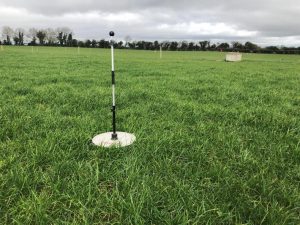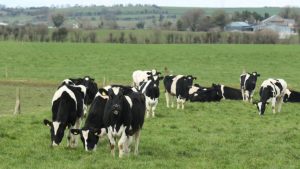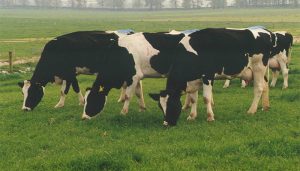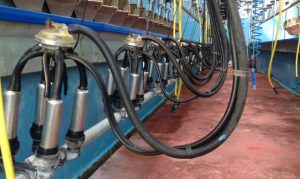
Feed prices have risen by 34.2% on an annual basis to July 2022, according to statistics released by the Central Statistics Office (CSO) on Tuesday.
Record rates of inflation, soaring energy prices and the ongoing war in Ukraine are driving up prices for farmers, with the agricultural input price index increasing by 39.1% in the year from July 2021.
The rising feed prices are expected to hit farmers as they construct their winter budgets, with many dairy farmers concerned that grass and fodder supplies will be tight.
Many farmers are facing significant challenges due to the vast price hikes in inputs, with fertiliser prices up by 133.8% and the cost of electricity rising by 39.9%.
The deteriorating macroeconomic environment has meant farmers are experiencing some of the most significant price hikes in decades.
News that Ukrainian farmers may cut winter grain sowing by at least 30% has caused further concern the elevated price levels are set to be an unwelcome feature into next year.
The statistics revealed the agricultural output price index was up by 28.4% in the year from July 2021. Meanwhile, the annual terms of trade declined by 7.7% compared to the same period last year.
However, there are signs the inflationary environment may be stabilising, with the agricultural input price index remaining at 39.1% in July, unchanged from the previous month.
Figures from the CSO also showed the agricultural output price index was down 1.6% on a monthly basis. Similarly, there was a 1.6% decline in the monthly terms of trade during July 2022.
Analysing the monthly output sub-indices, the statistics show shows a 6.9% fall in cattle prices. However, milk prices were up 3.7% from the previous month and 51.1% on an annual basis.
Anthony Dawson, statistician, CSO said: “The most notable change is in the price of feeding stuffs, where the price index has increased by 2.2% since June 2022 and by 34.2% in the year from July 2021. This trend of input price increases is also seen in fertiliser and energy prices, which are up 133.8% and 51.3% respectively in the year.”

























